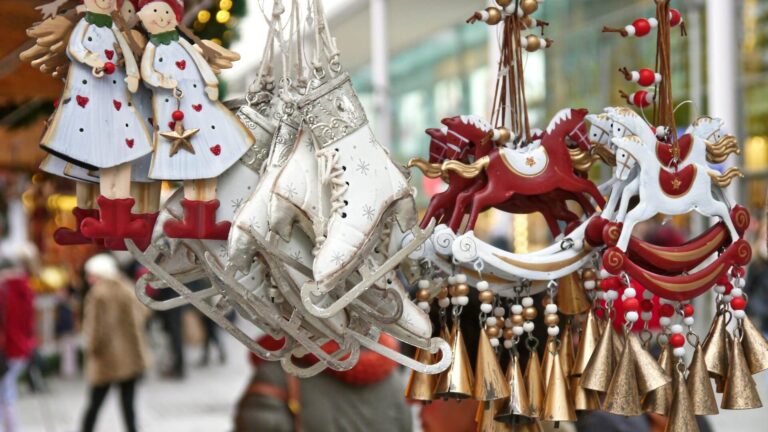
If you need a freelance travel writer or you would like to see your country, city, flight, etc., presented on the blog, drop me an email.
Find our more on Freelance Travel Writer page.
If you head to the central Banat area of Vojvodina, Serbia, here’s a travelogue on the captivating things to do in Novi Bečej, Serbia. Since the Coronavirus situation, more people within Serbia are traveling domestically. However, they often favor popular destinations, overlooking the incredible sights and experiences in lesser-known areas.
For instance, did you know where you can find the only church tower built into an embankment or the ruins of a 13th-century monastery gifted to Serbian ruler Despot Stefan Lazarević by Hungary? Where Attila the Hun is said to be buried alongside his treasures? Or where you can find a unique grapevine species, swim in the morning, take a carriage ride in the afternoon, and savor greaves pâté in the evening? The answer is Novi Bečej, Serbia!
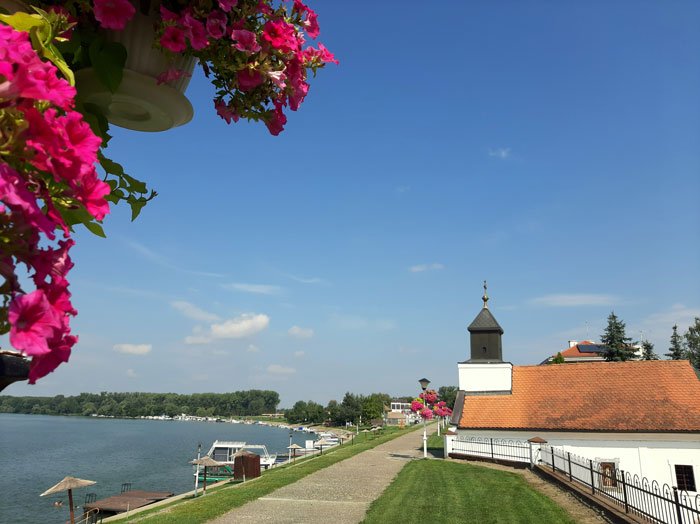
FROM BELGRADE: about 140 km
FROM NIŠ: about 378 km
Reaching Novi Bečej is straightforward—take the Novi Sad highway and exit at Kovilje, or use the Zrenjanin freeway. It’s less crowded on weekdays. Though popular as a weekend getaway, Novi Bečej offers plenty to enjoy for an entire week during the summer, from relaxing on the Tisa River beaches to exploring local landmarks—and don’t forget the fresh fish for lunch!
Novi Bečej Serbia
Archaeological discoveries at Matejski Brod and Borđoš, a few kilometers from Novi Bečej, reveal that the area has been inhabited since the Neolithic and Bronze Ages. The first historical mention of Novi Bečej as a fortified city dates back to 1091, with remnants of the fort still visible on the banks of the Tisa River.
The modern settlement evolved from two older ones—Vranjevo and Turkish Bečej. The municipality also includes Novo Miloševo, Bočar, and Kumane. With a population of about 23,000, the area has a significant Hungarian minority, making up 18% of the inhabitants.
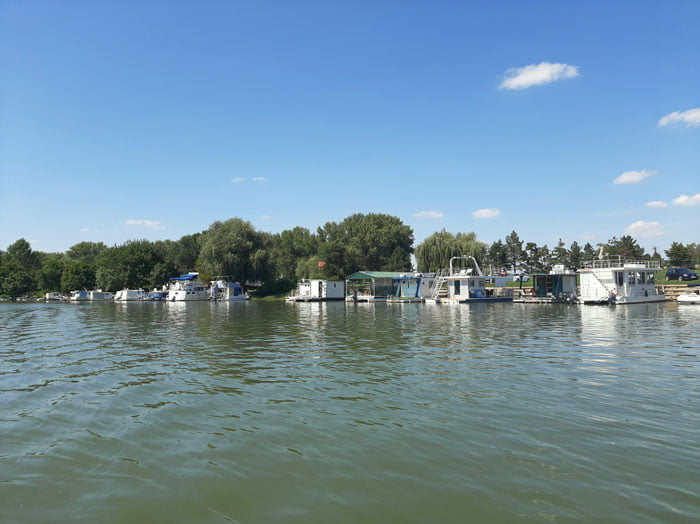
Upon arriving in Novi Bečej, Serbia, the road leads directly to the Tisa River. The river meanders for 44 kilometers around the settlement, and the main square opens up to the embankment. The Tisa’s presence is everywhere. (The street is called Tisa Quay, and the hotel where I stayed is “Tisa Blossom” – click on the link, named after the iconic Novi Bečej insect. You’ll also find a burger here called the “Tisa Wheel with Kaymak.” If you’re looking for more traditional accommodations, check out the “At Grandma’s” house, a bit further from the center, or perhaps you’d prefer staying on a farmstead near Bečej. That’s also a great option for a relaxing getaway in Vojvodina.)
Locals love spending time along the quay—swimming, fishing, sipping coffee by the sunbeds, or taking boat rides. Naturally, we started our visit there and met our host, Srđan Ćopa, who was just emerging from the water.
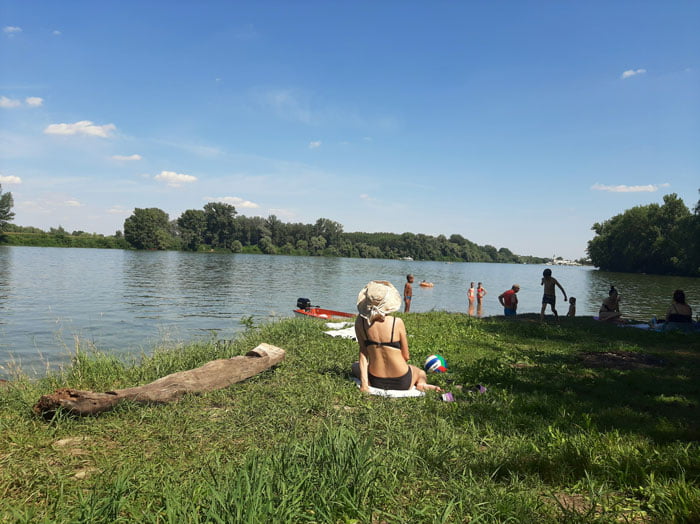
The Tisa is known for its calm, slow flow, averaging 2–3 kilometers per hour. Its small river island, simply called the Island, is mainly sandy and has been shaped over time by the river’s currents. In 2014, the Island measured 180 meters in length. Today, it serves as a peaceful picnic spot, but it also holds an ancient secret.
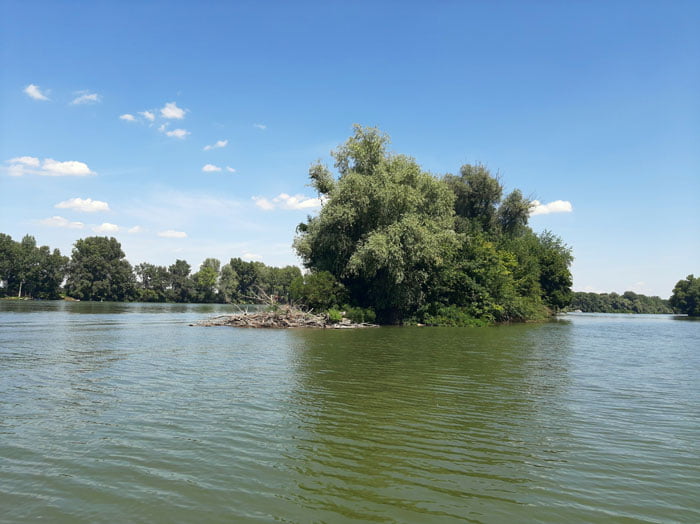
According to local legends, the Island is the probable burial site of the great Hun leader, Attila the Hun, interred in the 5th century with vast treasures. His grave was deliberately left unmarked, and the shallow waters were meant to conceal the wealth buried alongside him. Intriguingly, this part of the river reportedly never freezes, even during winters when the rest of the Tisa turns into a thick sheet of ice.
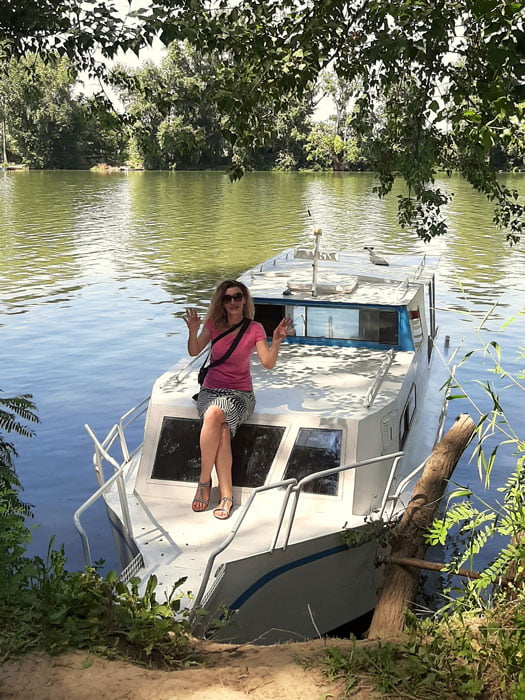
As I was teased for “coming to the Tisa without bringing a swimsuit,” we passed the ruins of the Old Town. Here once stood a massive 13th-century fortress, a quintessential medieval castle town that even the Ottoman explorer Evliya Çelebi found impressive. While only fragments of the ancient walls remain visible today, plans to excavate the site are scheduled to begin this summer.
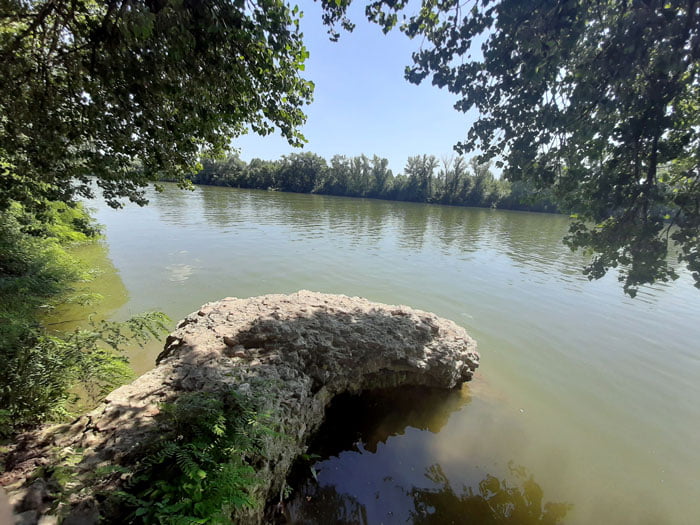
To get a sense of what the Old Town looked like, you can visit the Cultural Center near the embankment, which houses a model of the castle town along with other historical artifacts.
Novi Bečej also boasts another remarkable structure from the same period, with ancient walls you can still touch today—a tangible link to the rich history of Novi Bečej, Serbia.
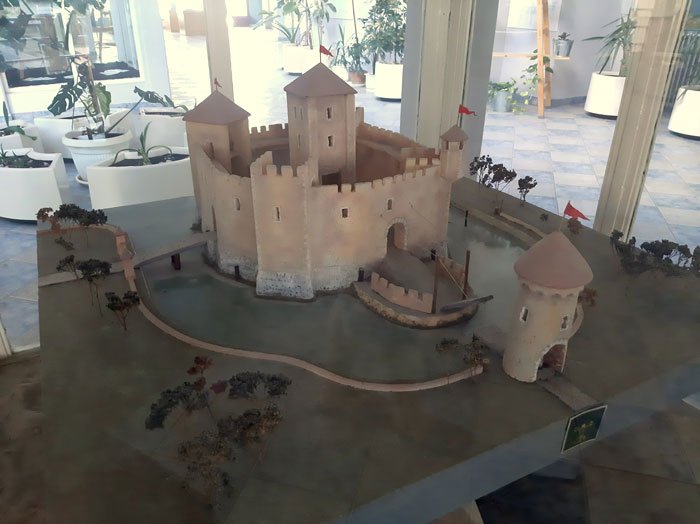
Arača Monastery
The walls of this Romanesque church date back to 1228, although another church existed on the same spot in the 9th and 10th centuries. After it was destroyed at the end of the 13th century, the monastery was rebuilt by Helen of Anjou, who was married to the Serbian king Uroš Nemanjić I.
The foundation and layout of the building are typical of a Benedictine church. A whole settlement developed around the monastery when it was gifted by the Hungarians to another Serbian ruler, Despot Stefan Lazarević, who later passed it on to Đurađ Branković. The monastery was lost, along with the Old Town, in the 16th century.
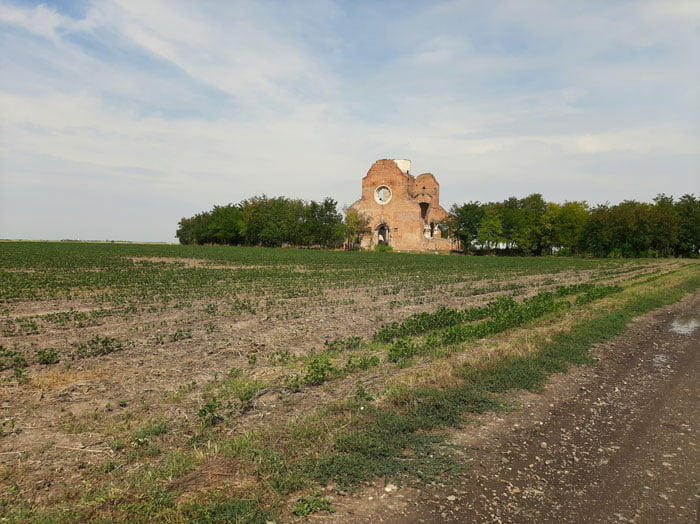
When you learn that this was once part of the Silk Road and a route for Crusaders traveling to the Holy Land, then step out to see the monastery’s striking red walls in the middle of the Vojvodina plains, you can’t help but feel eager to explore the ruins.
Some even say that Richard the Lionheart might have visited Arača, especially considering he reportedly healed his wounds with the mud from nearby Slano Kopovo. It’s easy to notice that Arača has been rebuilt multiple times. Today, its only residents are pigeons fluttering beneath its once-grand arches. Visiting Arača should undoubtedly be on your list of things to do in Novi Bečej Serbia. (If you’ve followed my Instagram stories, you might have already seen glimpses of it!)
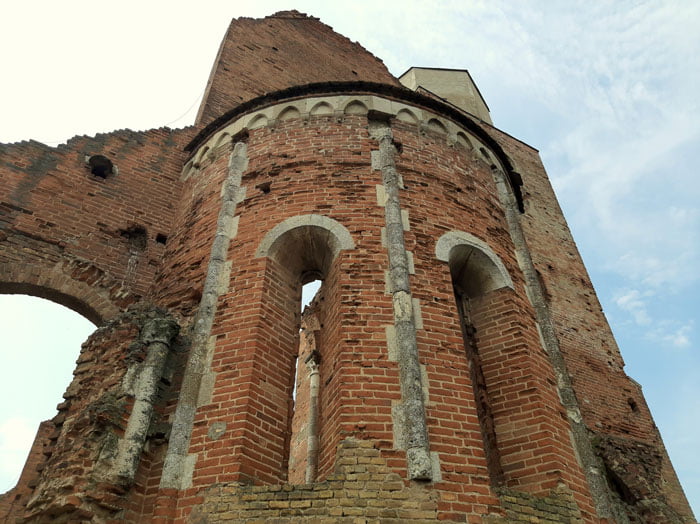
Tourism Organization of Novi Bečej hosts the Medieval National Cuisine Picnic festival here every June 20. Alongside the cooking competition, there are knights’ quests and tournaments. TONB Director Saša Dujin shared plans to develop the area around the nearby well, where travelers and merchants once stopped for water. According to legend, the water’s taste varied depending on the character of the person drinking it.
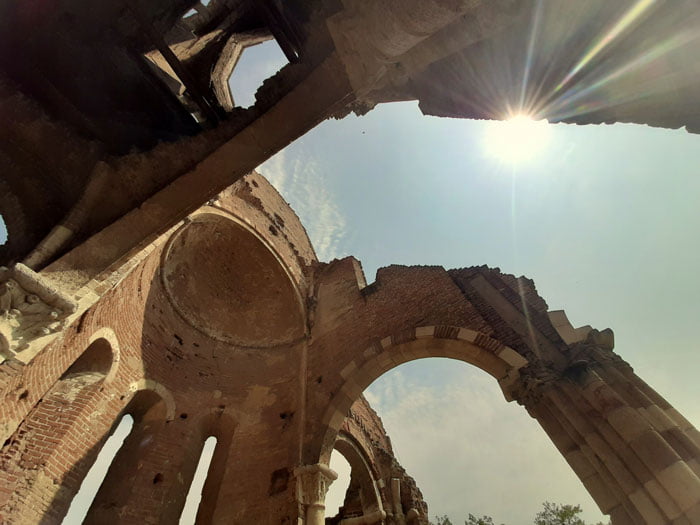
I was fortunate to spot a couple of roe deer bounding across the fields as I admired the contrast of the red walls against the blue sky. (By the way, it was pouring rain when we left Novi Bečej, but the sky cleared up just in time for us to visit the monastery. Missing the chance to take photos here would have been such a shame!)
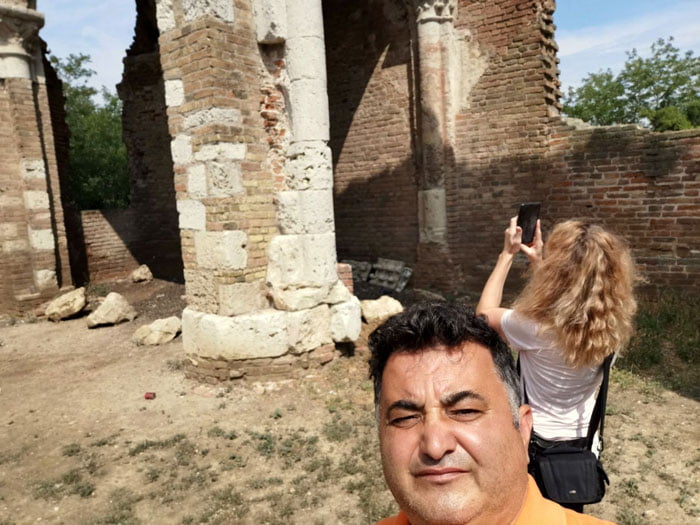
Karačonji Castle
In 1781, Armenian merchants Bogdan and Mihalj Karačonji purchased the village of Beodra, which is now part of the Novo Miloševo settlement. Their heirs, brothers Laslo and Lajoš, built two castles or summer palaces along with other accompanying structures. However, in 1842, the brothers were forced to mortgage both properties. The larger castle was eventually destroyed, while the smaller one changed ownership numerous times.
Fortunately, some buildings, such as the old barn and granary, have been preserved and transformed into the Kotarka Museum. The museum displays furniture from the castles, photographs of other grand palaces owned by the Karačonji family in Hungary and Romania, and artifacts from the same period in the surrounding region.
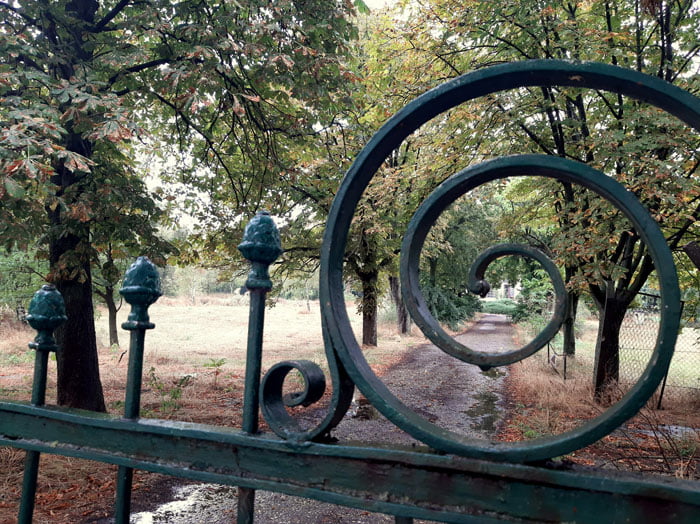
We were warmly greeted at the Kotarka Museum by Iskra, its hostess, and a lion statue that once adorned the front of the castle. A dragon statue originally stood on the opposite side of the palace entrance.
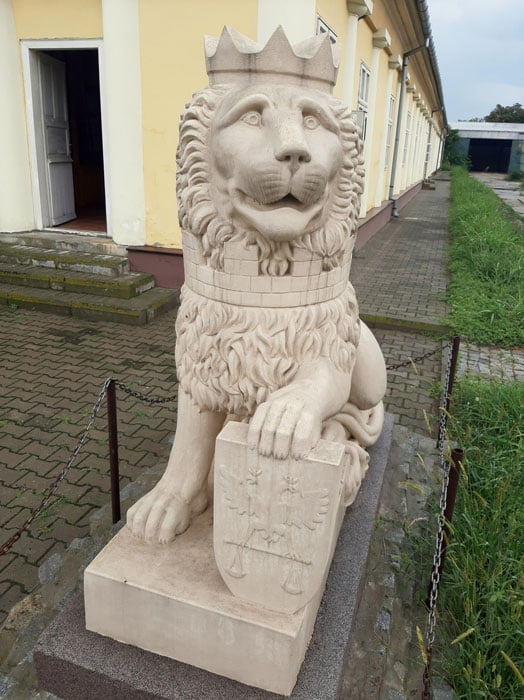
Sadly, I wasn’t able to visit the smaller castle as it is now private property and not open to tourists. Over time, it has served various purposes, from an orphanage to a home for “wayward girls,” who were granted a room in the castle upon marriage. It’s unlikely that much of the Karačonji splendor remains. Thankfully, visitors can get a glimpse of the family’s affluent lifestyle at the Kotarka Museum.
The museum itself is housed in the old barn, which stretches 70 meters and once stored corn and grain. The separate granary building, five levels high, employed more than 70 women in its heyday.
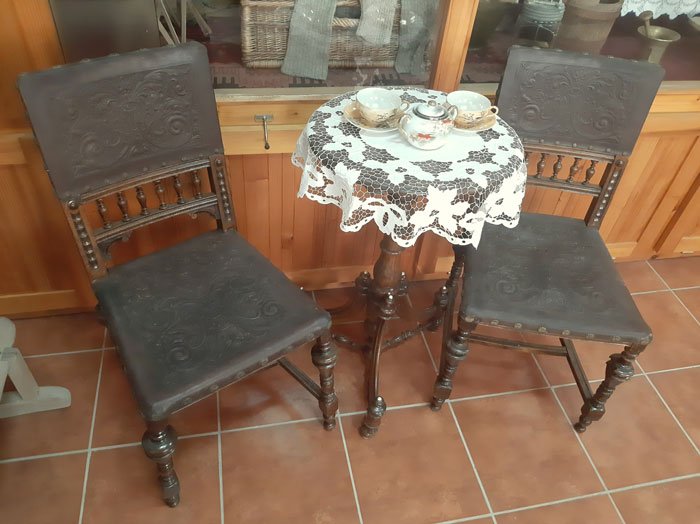
As we strolled through the artifacts, Iskra shared an intriguing fact: the nearby Catholic church has two towers, although it traditionally should have only one. Laslo and Lajoš, who contributed to the church’s construction, each insisted on having their own tower. The church now serves as the burial site for more than 20 members of the Karačonji family, including the two brothers.
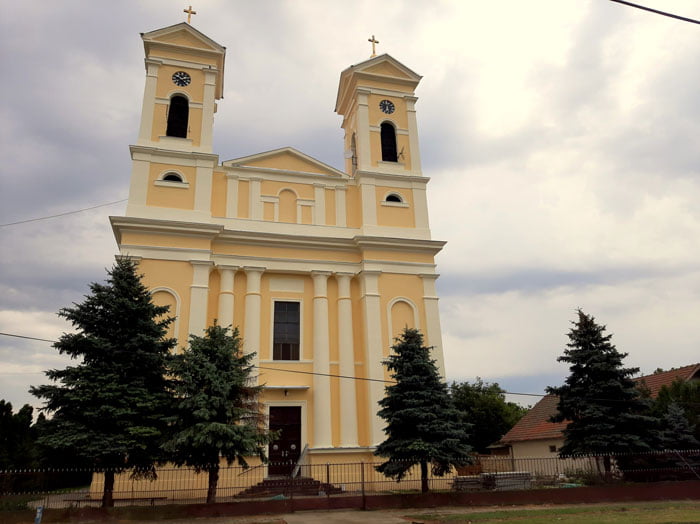
Sokolac Castle
There is another castle worth visiting in Novi Bečej, Serbia. Sokolac Castle was built by Lazar Dunđerski, one of the wealthiest Serbian industrial magnates of the Habsburg Monarchy, as a gift for his daughter Emilija. This was their summer residence, as winters were spent in the cities. Although privately owned and not open to the public, visits can be arranged with prior notice.
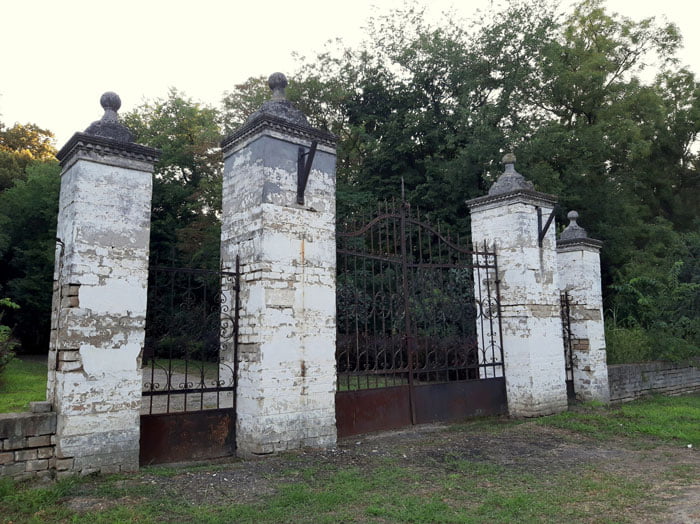
Dunđerski’s palaces are always grand, but what sets this one apart is Lenka’s room. After Emilija married Count Ivanović and moved into the palace, her younger sister Jelena (Lenka) often visited. It was here that the famous Serbian love story unfolded between Lenka and the renowned poet Laza Kostić. Despite being deeply in love, Kostić, more than twice her age, believed it would be improper to ask for her hand. Instead, he married another woman and went on a honeymoon to Italy. Around that time, Lenka tragically passed away. Kostić, then in Venice, wrote his most famous poem, Santa Maria della Salute, in her memory.
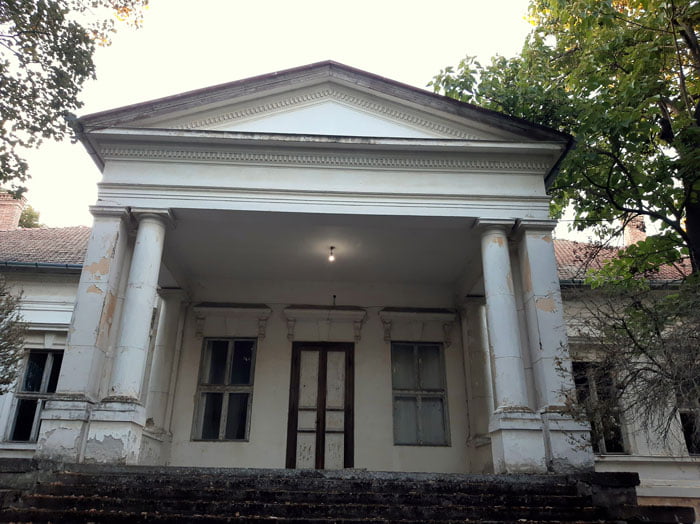
Visitors can now see Lenka’s mirror, bed, and a painting believed to depict her. The palace features enormous premises with high ceilings, large windows, and expansive doors. It is said that a piano filled the air with music every summer evening on the porch. Today, the castle is surrounded by overgrowth (and mosquitos!) and awaits restoration to reclaim its former glory.
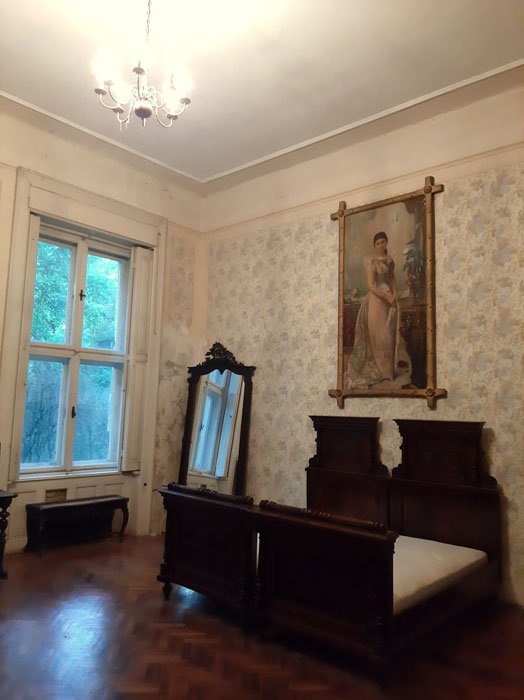
Glavaš’s House
The house of Vladimir Glavaš, a renowned citizen of Vranjevo and an accomplished intellectual, offers visitors a glimpse into the lifestyle of the local bourgeoisie in late 19th-century Novi Bečej, Serbia. Some of the furniture and wall decorations are original, while the rest of the house showcases the area’s rich cultural heritage. Glavaš, who befriended notable figures like Jovan Jovanović Zmaj, Josif Marinković, and Đura Jakšić, played a significant role in nurturing the local cultural scene.
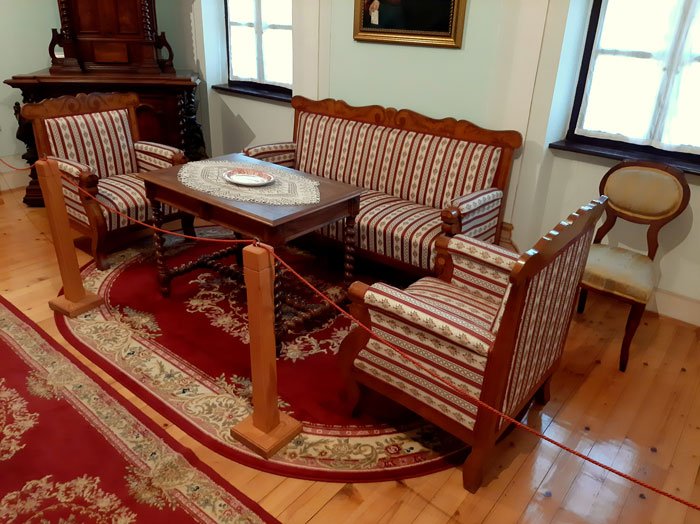
Glavaš studied law in Prague but abandoned the profession after losing his first case. This experience led him to focus on business and philanthropy. He supported artists and actors, and his efforts helped establish an operational acting troupe in Vranjevo, which later became part of the Serbian National Theater.
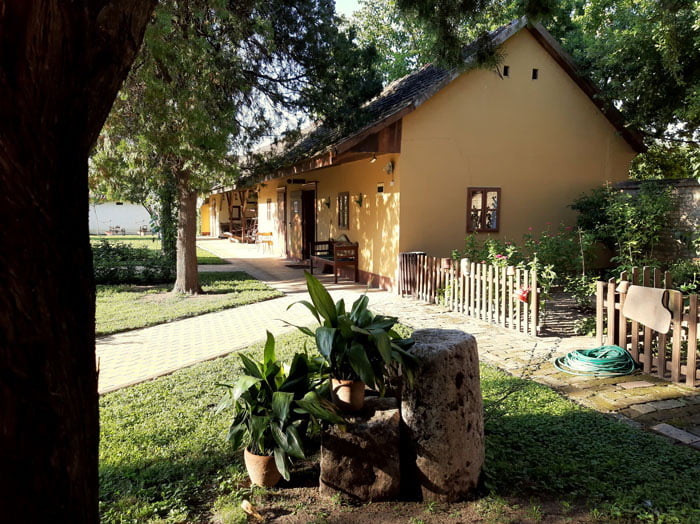
Upon his death in 1909, Glavaš left his entire property to the Orthodox Church next door and his fortune to the Catholic Church across the street. He was also known for assisting the local Jewish community. Curiously, his will stipulated that no woman could enter the house for 100 years after his death—a mysterious clause whose reasoning remains unknown.
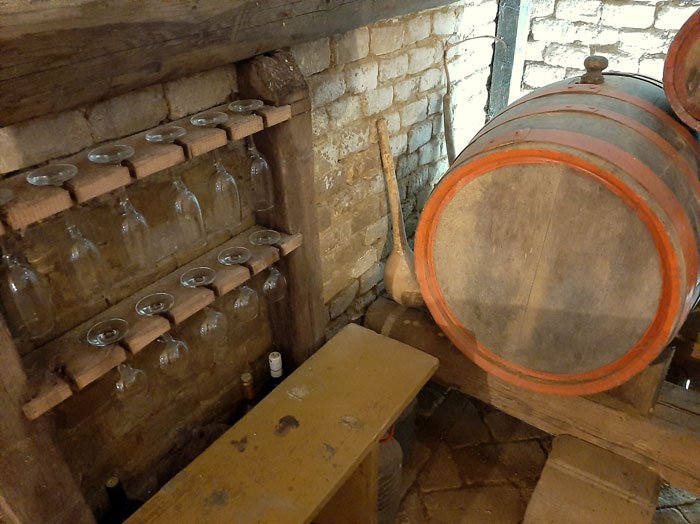
Today, the local Tourism Organization has transformed the servants’ quarters into authentic period rooms filled with artifacts. An entire barbershop, donated by the family of a renowned Novi Bečej barber, is also on display. (Still wondering about things to do in Novi Bečej?)
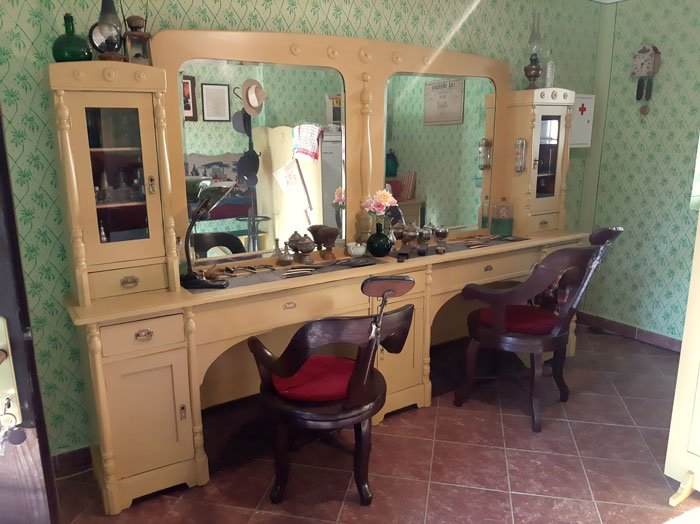
Žeravica Museum
In the late 1970s, Milivoj Žeravica decided to acquire a tractor identical to the one his father owned: a Fordson 10-20 HP, manufactured in 1924. When he located one in Kragujevac, he discovered many other antique models at the same location. What started as a small collection on a parking lot, grew into one of Serbia’s most unique and respected museums. Among its treasures is the oldest preserved tractor in Serbia, the Hart-Parr 30, made in 1920.
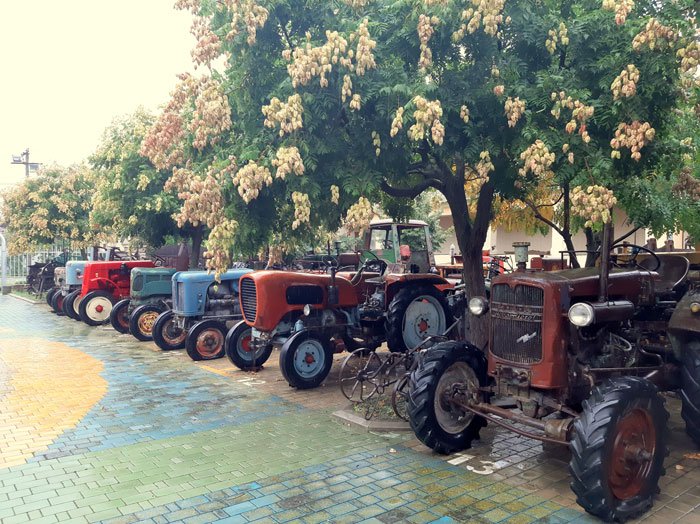
Admittedly, I wasn’t initially drawn to the idea of viewing tractors. However, the Žeravica Museum turned out to be a fascinating experience. Upon stepping into the enormous hall, you’re greeted by tractors spanning different eras, alongside vintage household objects, old TVs and radios, farm tools, cradles, soda bottles, typewriters, and even antique cars. It’s easy to lose yourself wandering through this time capsule.
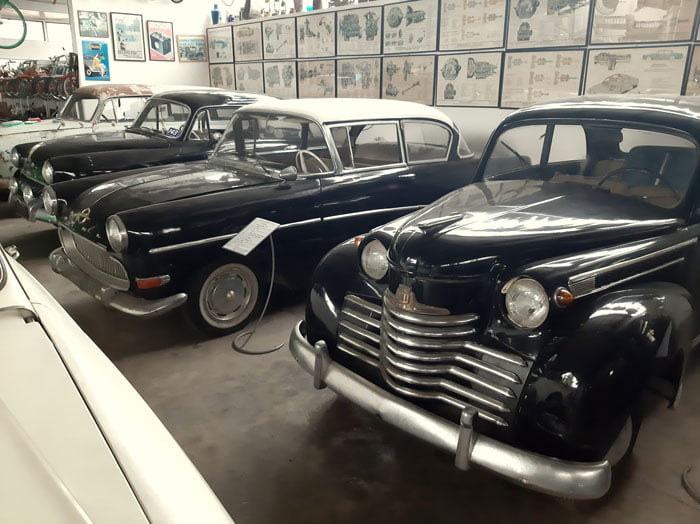
A highlight of the museum is the legendary tractor parade in Novo Miloševo, where the owner fires up all the operational machines and takes them for a ride. It’s a sight to remember and a testament to the ingenuity and history preserved in Novi Bečej, Serbia.
Carriages and Krokan Wine
Vojvodina has always been associated with carriages, and Novi Bečej Serbia is no exception. The last official carriage (taxi) driver here was Nova Tomašev, who worked until 1943, when he was taken captive during WWII. His wife admirably continued the business for two more years until his return, but Nova abandoned the trade altogether in 1946.
The muskat krokan grapevine is another treasure of Novi Bečej Serbia, growing exclusively in this region and nowhere else in the world. Legend has it that Count Gedeon Rohonci brought the vine hidden inside his elegant cane. He attempted to cultivate it across Europe, but it thrived only in Novi Bečej. Once gracing royal courts from Budapest to Vienna, krokan wine was also savored by Josip Broz Tito and Charles de Gaulle.
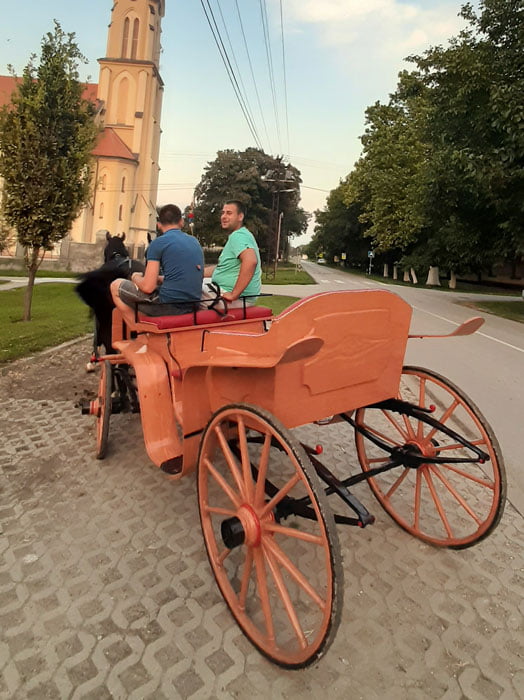
A visit to Novi Bečej Serbia feels incomplete without experiencing a carriage ride. Curious about the differences between “karuca,” “fijaker,” and “štervogl” carriages, I set out to learn more. While these charming “taxis” no longer roam the streets, the local Tourism Organization can help arrange a ride. My own journey through the neighborhood, drawn by the magnificent horses Irma and Leon, was unforgettable.
When it comes to the muskat krokan grapevine, visitors should call ahead if they wish to see it. For those who aren’t vine connoisseurs, the simpler option is to visit a local restaurant and request the house wine. The vineyard’s new owner is currently nurturing his first harvest and hasn’t started bottling yet.
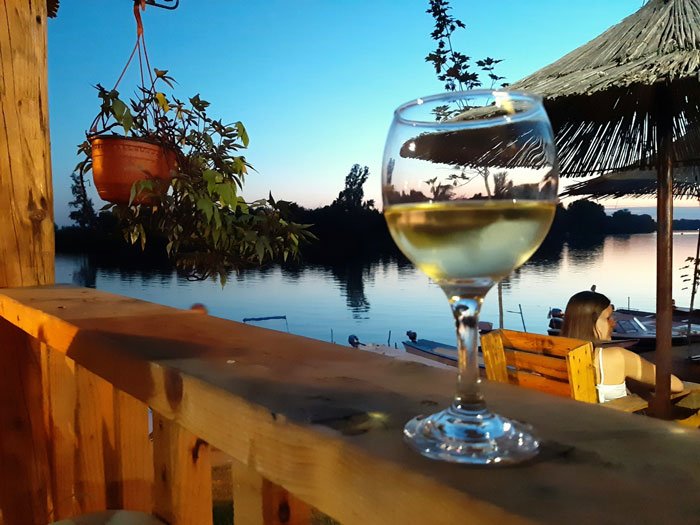
In Vojvodina, food and wine go hand in hand. My culinary adventure led me to Nadica Josimović, who introduced me to a regional specialty called “ladnjača.” This delicious dish, made of thinly sliced potatoes topped with a thick pancake batter, was traditionally a humble breakfast for the poor but is mouthwatering nonetheless.
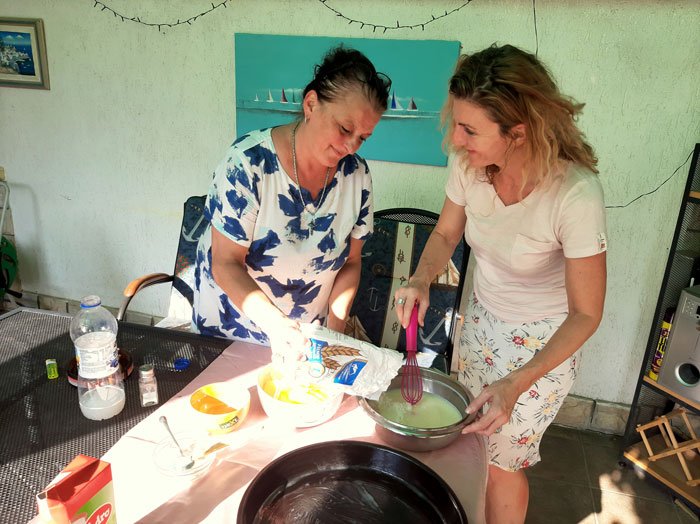
Nadica’s hospitality didn’t end there. She served greaves pâté, jars of pickled vegetables in all shapes and sizes, delectable plum-stuffed dumplings (“gomboce”), and even showcased her handicrafts and souvenirs.
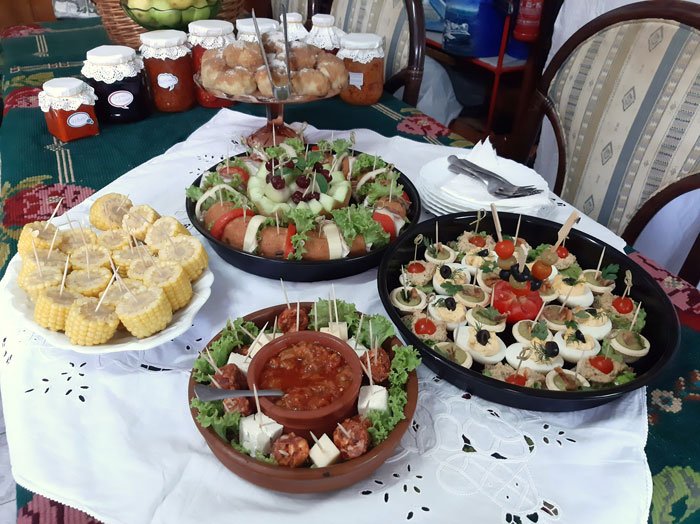
As the head of the KNAP association for creative arts, Nadica paints suitcases, while her son Radovan has also recently embraced painting.
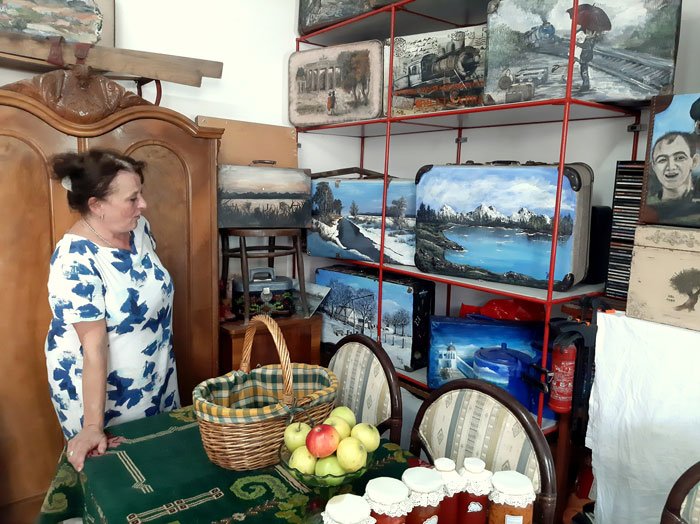
Although I couldn’t visit Slano Kopovo this time due to permit delays, this nature reserve is one of the highlights of Novi Bečej Serbia. A former meander of the Tisa River, now a fluvial lake, it’s a haven for nature enthusiasts and an ideal spot for ecological exploration. Slano Kopovo’s unique saline habitat is rich in birdlife and diverse flora.

Another fascinating destination is Tolstoy’s House. The grandson of the celebrated Russian novelist Lev Nikolayevich Tolstoy, Vladimir, lived here until 1945. The Tolstoy family, being pro-tsar during the Revolution, fled abroad, and Vladimir settled in Novi Bečej. The house is now set to become a memorial, not only to Lev Tolstoy but also to the Russian émigrés who sought refuge here. For instance, the entire Kharkov Institute for Girls was relocated to Novi Bečej, and a Russian cemetery can also be found in the area.
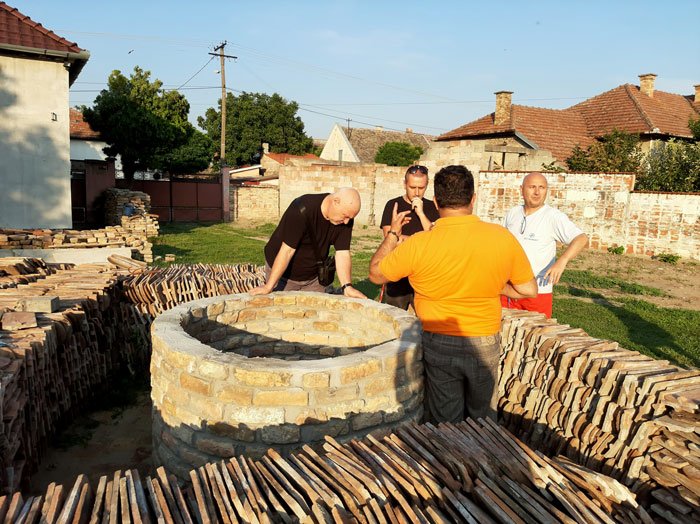
This house carries yet another intriguing story. Vladimir reportedly swore an oath over the well in the courtyard, vowing never to leave the property. This tradition has since inspired locals to swear over the well’s water, often leading to romance and marriage. They say that if you’re unmarried, drinking from the well might just change your fate! Even the current owner, Ileš Bečei, credits the house for reuniting him with his former wife. Both his sons, Ileš and Imre, are now preparing for their own weddings.
So, think twice before drinking from that well!
Next from Serbia: THINGS TO DO IN KRAGUJEVAC
The full THINSG TO DO IN SERBIA section
PIN IT FOR LATER:
If you need a freelance travel writer or you would like to see your country, city, flight, etc., presented on the blog, drop me an email.
Find our more on Freelance Travel Writer page.
I am looking forward to working with you.
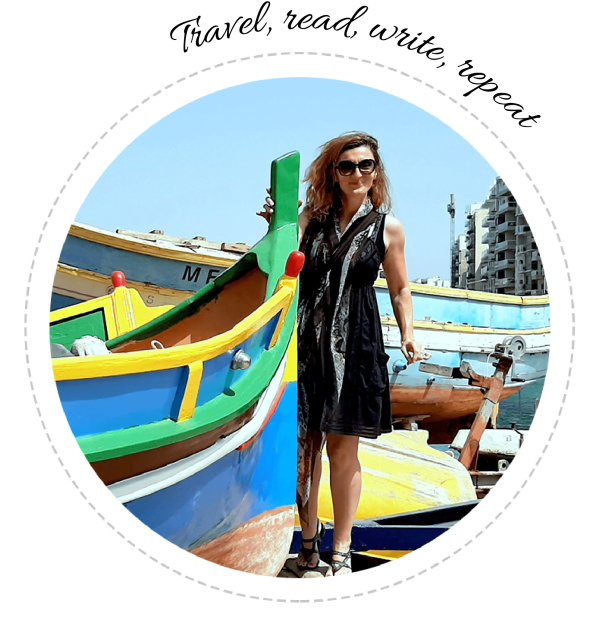



7 responses
Oooohhhh! Love this! I was one thousand percent in love with Bosnia, but didn’t hit up Serbia. That’ll be on the list once we can travel again for sure!!!
Hey, thanks, so glad you like the post. Yep, Novi Bečej is very nice.
If you need more on Serbia, feel free to browse around the Weekend In Serbia section on the blog. 🙂
What a beautiful town! I would enjoy visiting the monastery.
I know you would. 🙂 It’s such an interesting place with lots of history. Even more so given that it’s situated in the middle of the plains, surrounded by fields of corn and soya.
I feel like I could explore those monastery ruins all day long and not tire of it — they are so beautiful. Thanks for sharing the history and stories of this area; it looks like an amazing place to spend a few days.
I know what you mean, I myself was so thrilled to visit the monastery. The whole landscape is surreal. <3
And yes, Novi Bečej is a nice little town, perfect for a short getaway. Thanks, Tami! 🙂
SO I am quite embarrasses as I know so little about Serbia but I have to say that when we finally are able to visit, I am definitely adding Novi Bečej to my adventures there! For me, the highlights are all great but the Araca monastery is probably the number 1 place I want to explore. To walk amid those ruins and imagine the crusaders and possibly Richard the Lionheart recovering amid the walls of the old monastery are just grand for me. I also love the story of Glavas and would love to explore more about him. Perhaps when I die, I may also make an edict that no woman may enter my house for 100 years too. Though my wife will protest that greatly!! I guess to appease her I can take her on a carriage ride followed up with the Muscat Krokan wine!